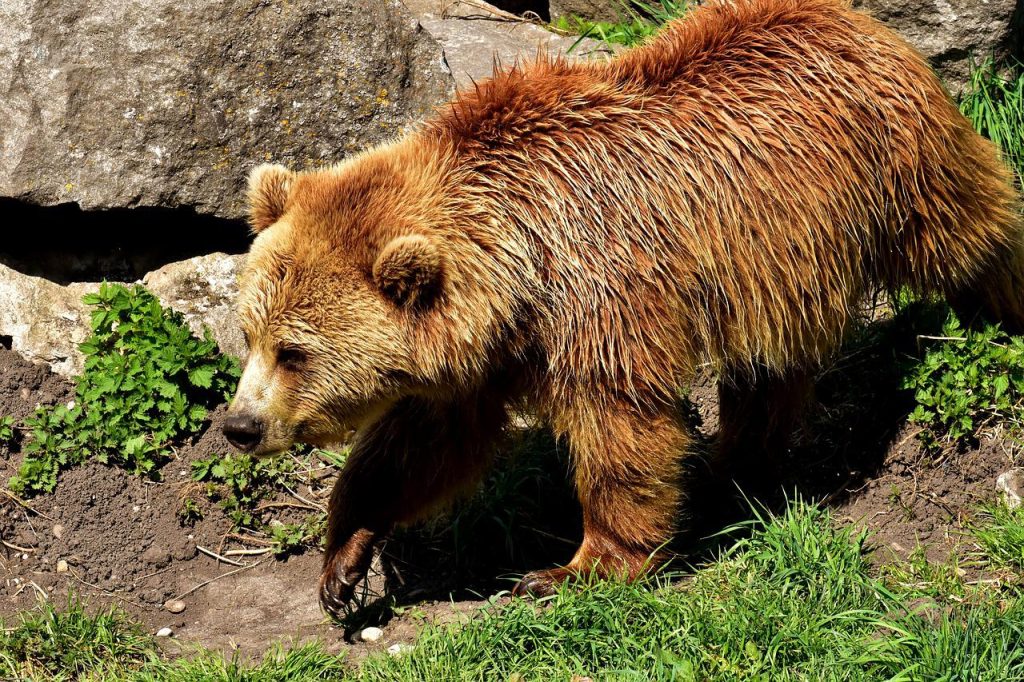Brown bears as keystone species play critical roles in ecosystems through processes such as nutrient cycling, seed dispersal, and regulating prey populations. However, these apex predators have wide ranges and thus severely suffer from habitat fragmentation and anthropogenic activity. Changing movement patterns because of anthropogenic food resources such as open city dumps and severe fragmentation of their natural habitats can affect the genetic make-up and long-term viability of populations. Since habitat connectivity and heterogeneity are an essential part of brown bear populations’ long-term viability, the goal of this study is to understand geographic patterns that affect the gene flow of brown bears across Turkey. To this end, we will use landscape genetics to test three different models that can influence a species’ genetic structure across heterogeneous landscapes. These models are Isolation by Distance (IBD); Isolation by Resistance (IBR); and Isolation by Environment (IBE). Population genetic structure, landscape connectivity (isolation models), and genetic variation of brown bear populations across Turkey will be investigated, based on the genome-wide SNP data obtained from non-invasive scat samples.


